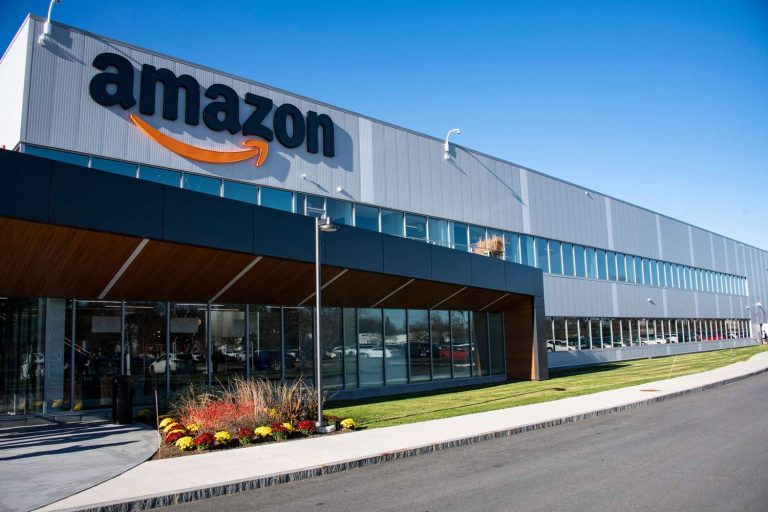Despite the explosive rise of e-commerce, shopping malls continue to thrive—and not just as relics of a bygone era. While digital platforms offer speed and convenience, millions of consumers worldwide still flock to physical malls every week. But why?
This article explores what consumers still prefer about mall shopping, even in a time dominated by online retail. From human interaction to real-time gratification, here’s why brick-and-mortar is far from dead.
1. The Tangible Experience
Shoppers still love the ability to touch, feel, and try items before purchasing. Whether it’s the texture of a fabric, the fit of a shoe, or the smell of a perfume, sensory interaction is something that online shopping simply can’t replicate.
A 2024 survey by PwC found that 72% of consumers prefer trying clothes and accessories in-store before committing to a purchase.
2. Instant Gratification
With mall shopping, there’s no waiting time. Once you buy something, it’s yours instantly—no shipping delays, no lost packages. This is especially crucial for:
- Time-sensitive purchases (e.g. gifts, last-minute outfits)
- High-ticket items where customers need reassurance
- First-time buyers unfamiliar with the brand’s sizing or quality
In contrast, e-commerce—even with same-day delivery—can’t always guarantee reliability.
3. Social Connection and Entertainment
Shopping malls are more than retail hubs—they’re also social spaces. People meet friends, go on dates, entertain kids, or simply hang out. This community-driven experience is one of the biggest drivers of foot traffic in 2025.
Modern malls now include:
- Food courts and fine dining
- Cinemas and arcades
- Events, concerts, and exhibitions
- Open-air hangout areas
Online stores can’t replicate this social dynamic.
4. Personalized Customer Service
Offline shoppers value face-to-face interaction with store staff—whether for expert advice, fitting room assistance, or returns.
In-person service includes:
- Immediate conflict resolution
- Styling consultations
- Live product demos
- Physical support for the elderly or disabled
While chatbots and AI-powered helpdesks have improved, nothing beats human touch for many consumers.
5. Easier Returns and Exchanges
Returning an item purchased online often involves repackaging, printing labels, waiting days, and risking denial. In contrast, malls offer immediate, walk-in returns or exchanges.
This ease of post-sale service makes consumers feel more secure and confident about their purchases.
6. Trust and Transparency
Fraud, fake products, and misleading ads plague online platforms. Malls provide immediate authenticity and brand trust. You see what you get.
Shoppers trust brick-and-mortar outlets, especially in regions like Africa and Asia, where counterfeit goods online are a persistent issue.
7. Discovery and Impulse Buying
In malls, people often stumble upon deals, new brands, or unexpected products that they wouldn’t find online.
Window displays, walk-by exposure, and physical shelf browsing boost impulse purchases—something digital platforms are trying to mimic but haven’t mastered.
8. Multisensory Brand Experience
Brands invest heavily in their physical spaces to tell stories through music, lighting, scent, layout, and staff behavior. This holistic environment creates emotional attachment.
Examples:
- Apple’s sleek, minimalistic stores
- Lush’s fragrant, colorful displays
- Zara’s fast fashion atmosphere
The in-store brand experience has lasting psychological effects on purchasing behavior.
9. Safe Space for All Generations
While Gen Z may enjoy online shopping, older generations feel more comfortable in malls. Seniors and Boomers value:
- Staff guidance
- Tangible quality inspection
- Personal safety
- Cash payment options
Mall shopping remains their preferred way to buy essentials and luxuries alike.
10. Hybrid Shopping: The New Normal
Today, the best shopping journeys blend offline and online—known as “phygital” retail.
Examples of hybrid consumer habits:
- Browsing online, then buying in-store (BOPIS)
- Visiting a store, then ordering online for home delivery
- Using in-store apps to scan prices or check stock
Malls that integrate digital conveniences with traditional strengths are thriving in 2025.
Case Study: Why Westgate Mall in Nairobi Still Booms
Despite being surrounded by e-commerce giants like Jumia and Kilimall, Westgate remains packed.
Why?
- Free parking and secure environment
- Family-friendly dining options
- Strong local and international brand mix
- Weekend entertainment and kids’ play areas
It’s not just about shopping—it’s about lifestyle.
Challenges Facing Malls
Still, malls aren’t immune to challenges:
- High rent and operational costs
- Rising preference for mobile payments and delivery
- Traffic congestion and parking limitations
However, their adaptability and experiential value continue to offer resilience.
Conclusion: Why Malls Still Matter
Despite digital dominance, consumers still crave the human, tactile, and social side of shopping. Malls offer what e-commerce can’t—real-world trust, instant service, and emotional engagement.
For businesses and consumers alike, malls in 2025 are not obsolete—they’re evolving.
🔑 Key Takeaways
- Physical stores offer sensory, social, and service benefits that online retail lacks.
- Malls provide trust, instant gratification, and easier returns.
- A hybrid “phygital” model is becoming the norm in global retail.
- Consumers still visit malls for entertainment, community, and immersive brand experiences.

